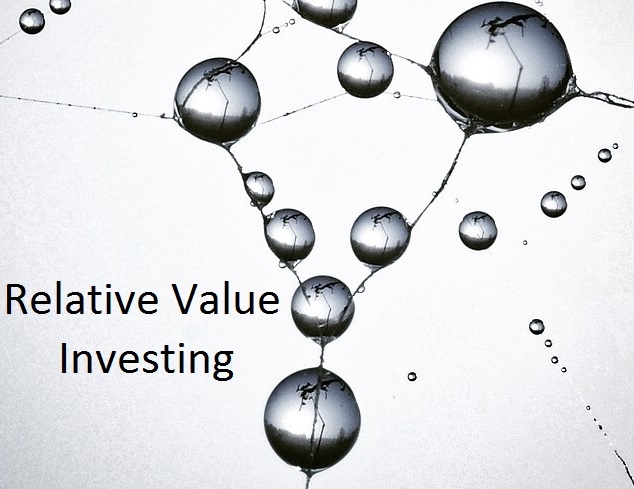By Darren Snyder, 26 August 2016
Three quarters of new SMSF members are aged below 55 and yield an average age of 46 years according to the latest industry research from Rainmaker.
The data presents a strategic shift in the sector where most SMSFs are being established by younger people in their 40s, 30s and even in their 20s. Two thirds of existing SMSF members are aged 55 and over.
The Rainmaker Advantage report says while the average balance of SMSFs ($545,000) has shown almost no material growth over the past five years, it masks how the weight of the sector has shifted upwards. In 2004 only 12% of SMSFs held more than $1 million in assets whereas by 2014 this proportion had almost tripled to 32%. As at March 2016 about 575,000 SMSFs operated in Australia with assets of more than $600 billion, accounting for about one-third of the entire superannuation system.
The report indicates SMSF members are also displaying awareness about when their super money is potentially not being put to its best use. SMSF balances with less than $50,000 have collapsed by two-thirds since 2004, from 15% to 5%.
Large multi-million dollar SMSFs on average hold about 20% of their investments in cash compared to micro-SMSFs which hold 7%, the Rainmaker report said. Residential property makes up only 4% of SMSF assets and collectibles a tiny 0.07%.
The report said this statistic dispels an erroneous view that SMSFs are full of jewellery and artworks, or that they are driving first home buyers out of the housing market.
"Indeed SMSFs are three-times more likely to favour commercial over residential property, albeit 3% of SMSF investments are funded through non-recourse borrowings," the report said.
While SMSFs have become popular in recent years, increasing their number by 26,000 annually in net terms, in percentage terms this means their growth rate has fallen from 15% in 1998 to now be only 3%. Rainmaker said this dampening creation ratio suggests the market may be approaching a saturation point.
